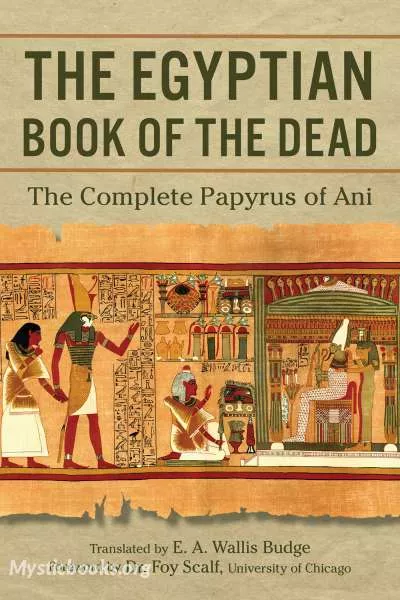
The Egyptian Book of the Dead
'The Egyptian Book of the Dead' Summary
The Book of the Dead, which was placed in the coffin or burial chamber of the deceased, was part of a tradition of funerary texts which includes the earlier Pyramid Texts and Coffin Texts, which were painted onto objects, not written on papyrus. Some of the spells included in the book were drawn from these older works and date to the 3rd millennium BCE. Other spells were composed later in Egyptian history, dating to the Third Intermediate Period (11th to 7th centuries BCE). A number of the spells which make up the Book continued to be separately inscribed on tomb walls and sarcophagi, as the spells from which they originated always had been.
There was no single or canonical Book of the Dead. The surviving papyri contain a varying selection of religious and magical texts and vary considerably in their illustration. Some people seem to have commissioned their own copies of the Book of the Dead, perhaps choosing the spells they thought most vital in their own progression to the afterlife. The Book of the Dead was most commonly written in hieroglyphic or hieratic script on a papyrus scroll, and often illustrated with vignettes depicting the deceased and their journey into the afterlife.
The finest extant example of the Egyptian Book of the Dead in antiquity is the Papyrus of Ani. Ani was an Egyptian scribe. It was discovered by Sir E. A. Wallis Budge in 1888 and was taken to the British Museum, where it currently resides.
Book Details
Language
EnglishOriginal Language
EnglishPublished In
Authors

E.A. Wallis Budge
United Kingdom
Sir Ernest Alfred Thompson Wallis Budge was an English Egyptologist, Orientalist, and philologist who worked for the British Museum and published numerous works on the ancient Near East. He made numer...
Books by E.A. Wallis BudgeDownload eBooks
Listen/Download Audiobook
- Select Speed
Related books
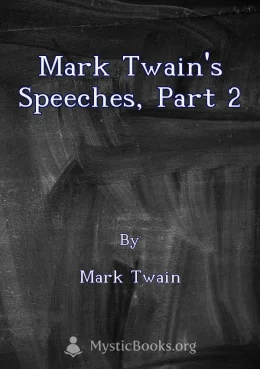
Mark Twain's Speeches, Part 2 by Mark Twain
This book presents a collection of Mark Twain's publicly delivered speeches spanning his career, from 1864 to shortly before his death. The speeches...
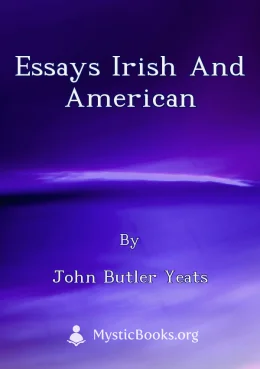
Essays Irish and American by John Butler Yeats
This collection of essays by John Butler Yeats, the father of renowned Irish poet William Butler Yeats, delves into the literary and artistic landscap...
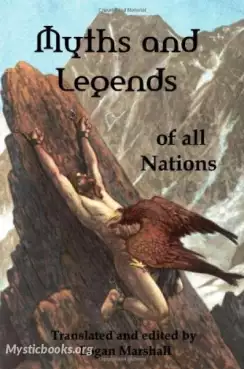
Myths and Legends of All Nations by Logan Marshall
This excellent book contains many great stories from the various mythologies of man throughout the ages.
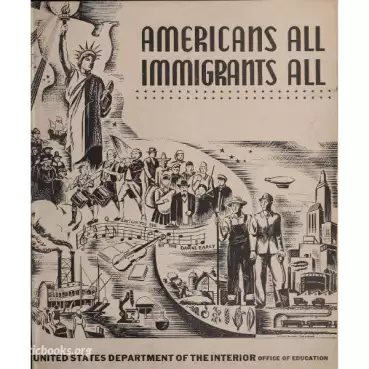
Americans All, Immigrants All by U. S. Department of the Interior Office of Education
The United States Department of the Interior, Office of Education partnered with the Columbia Broadcasting System to present a series of 26 dramatic r...
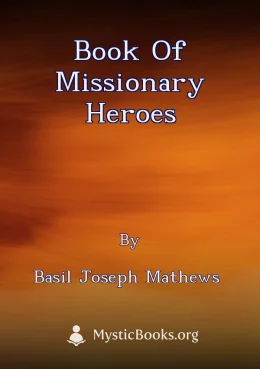
Book of Missionary Heroes by Basil Joseph Mathews
This book tells the stories of various missionaries throughout history who faced danger and hardship to spread Christianity around the world. The book...
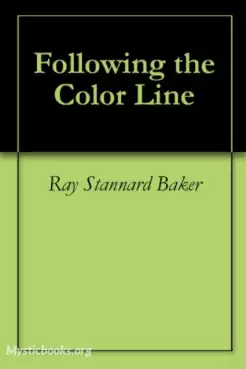
Following the Color Line by Ray Stannard Baker
We are presented both rural and urban points of view, struggles for survival, varying district relationships, the effect of lynching, power struggles,...
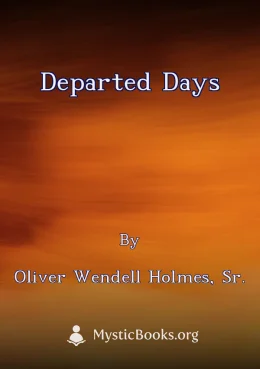
Departed Days by Oliver Wendell Holmes, Sr.
“Departed Days” is a collection of essays and poems by Oliver Wendell Holmes, Sr., a prominent American physician, writer, and member of the Fireside...
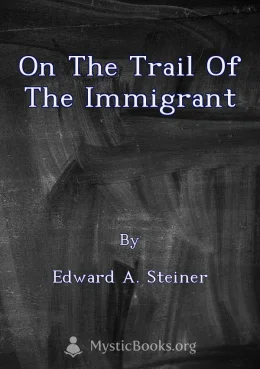
On the Trail of The Immigrant by Edward A. Steiner
Edward Steiner's 'On the Trail of the Immigrant' is a firsthand account of the immigrant experience in late 19th and early 20th century America. It te...

Log-Cabin Lady by Anonymous
This book recounts the experiences of a young woman as she navigates the transition from frontier life to the refined society of the East Coast. Leavi...
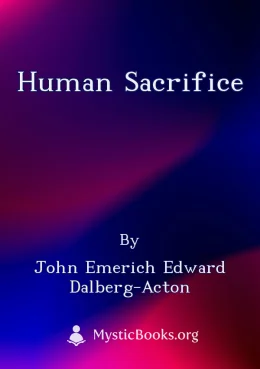
Human Sacrifice by John Emerich Edward Dalberg-Acton
This essay by Lord Acton explores the practice of human sacrifice in various cultures and historical periods. Acton argues that human sacrifice was no...
Reviews for The Egyptian Book of the Dead
No reviews posted or approved, yet...